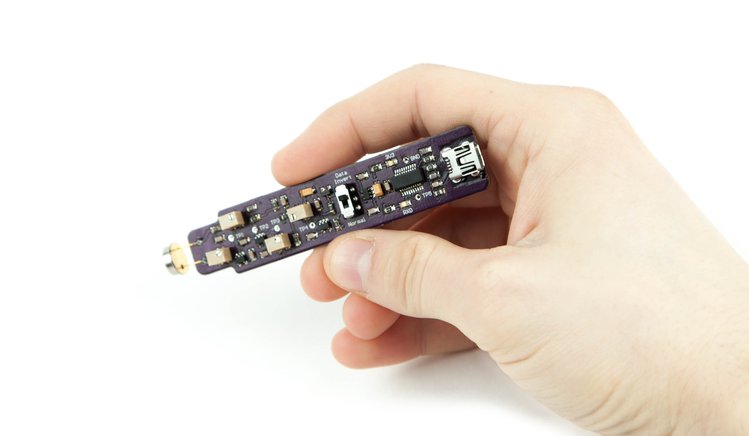
Optical data transmission offers a different way of sending data between objects without the drawbacks associated with radio-frequency and wired-communications methods. Visual data communication uses light beam as the medium of data exchange. Optical data communication has applications everywhere, to the fiber-optics that pushes your connectivity to the world and even that old-school TV remote uses optical data transmission.
Aside from application in Fiber Optics, Optical Data Communication is also growing in a space called Li-Fi, a future potential alternative to Wi-Fi, where internet is transmitted through light beams. All these are generating more interest in this technology and makers are not left behind, thanks to a tool called OpticSpy. Ever want to be able to figure out what information a TV remote sends out to your TV? Or even what does those blinkenlights on your device, router or server is saying? OpticSpy might be the right tool to find out.
The OpticSpy modules provide a platform to explore, evaluate, and experiment with covert optical channels. They capture, amplify, and convert an optical signal or light signal into a digital form that can be analyzed or decoded with a computer. OpticSpy is excellent for exploring and experimenting with optical data transmission. OpticSpy is maker friendly, not only because it is open source hardware, but also it can connect directly to an Arduino, Logic Analyzer, and even a Raspberry Pi to process the raw data.
At the core of the OpticSpy design is the Maxim based Photodiode Receiver that can handle fiber-optic data rates up to 800kbps, a small potentiometer for fine-tuning a particular target signal, and an onboard USB-to-Serial interface for connection to a serial host device. OpticSpy is powered from the host computer’s USB port and uses an FTDI FT231X USB-to-Serial IC to provide the USB to Serial connectivity. When connected to a computer, OpticSpy will appear as a Virtual COM port and will have a COM port number automatically assigned to it. A terminal program like Putty or CoolTerm can be used to communicate to OpticSpy for reading of its decoded signal. It has been successfully tested with both visible and near-infrared light sources.
OpticSpy is going to give electronics hobbyists and hardware hackers ability to search for convert channels on existing modern devices, clone a device transmission, and even add optical data transfer functionality to a project. Some areas OpticSpy could find applications are:
- Add data exfiltration/transfer functionality into a project
- Capture/decode/demodulate IR signals from remote controls
- Discover Li-Fi networks or Visible Light Communication (VLC) systems
The OpticSpy is currently in the crowdfunding stage on Crowd Supply, with a single unit costing $49. But, for $59 you can upgrade to the OpticSpy + Tomu Bundle, which allows you to experiment with transmitting and receiving data. The campaign ends March 31st, and orders are expected to ship at the beginning of May.






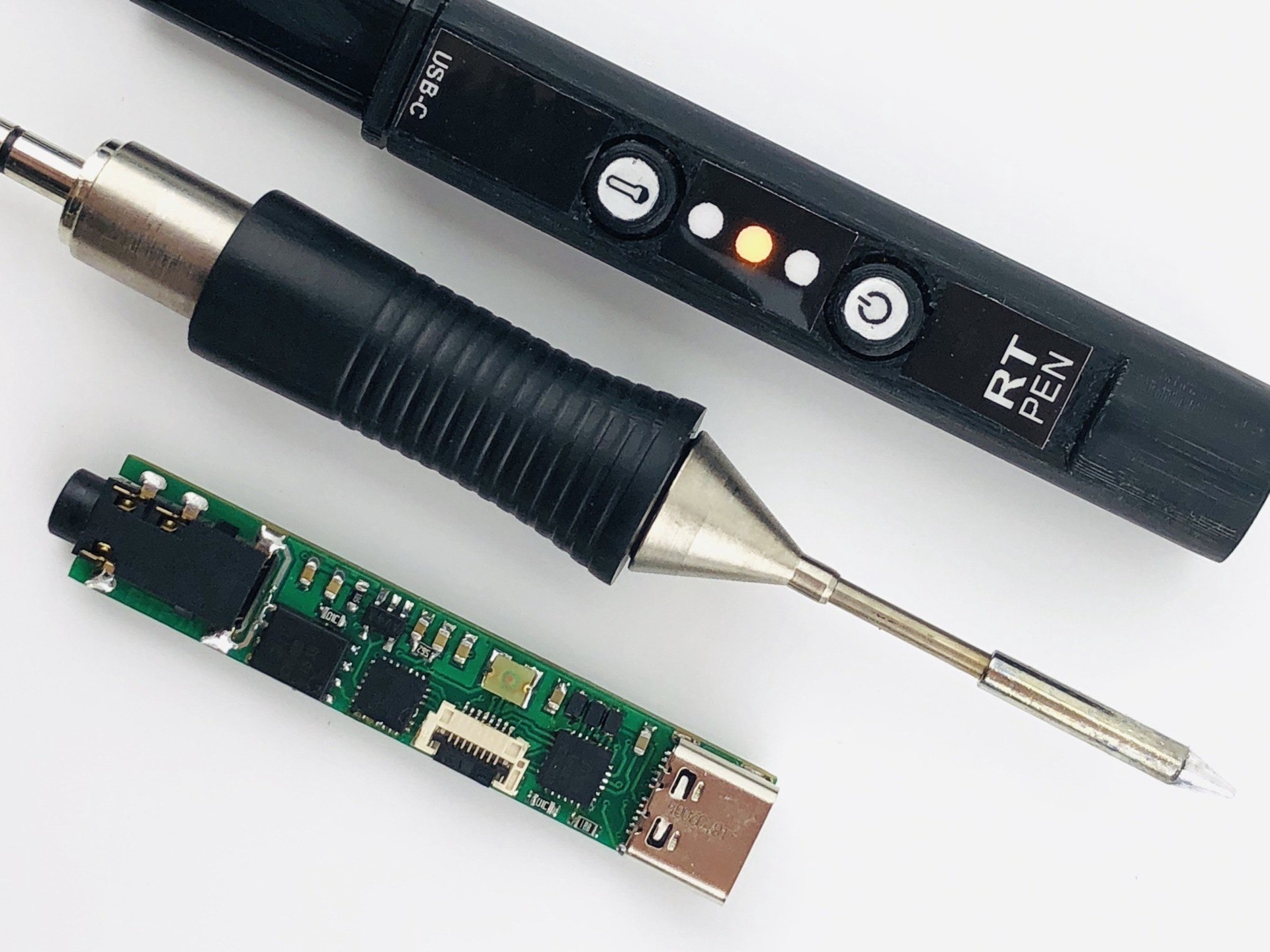
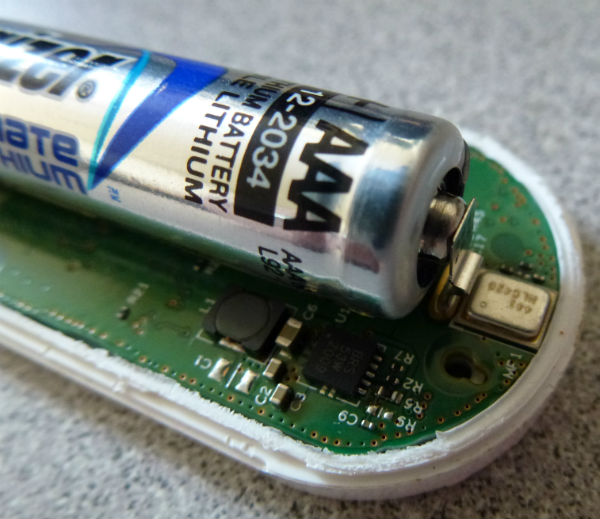
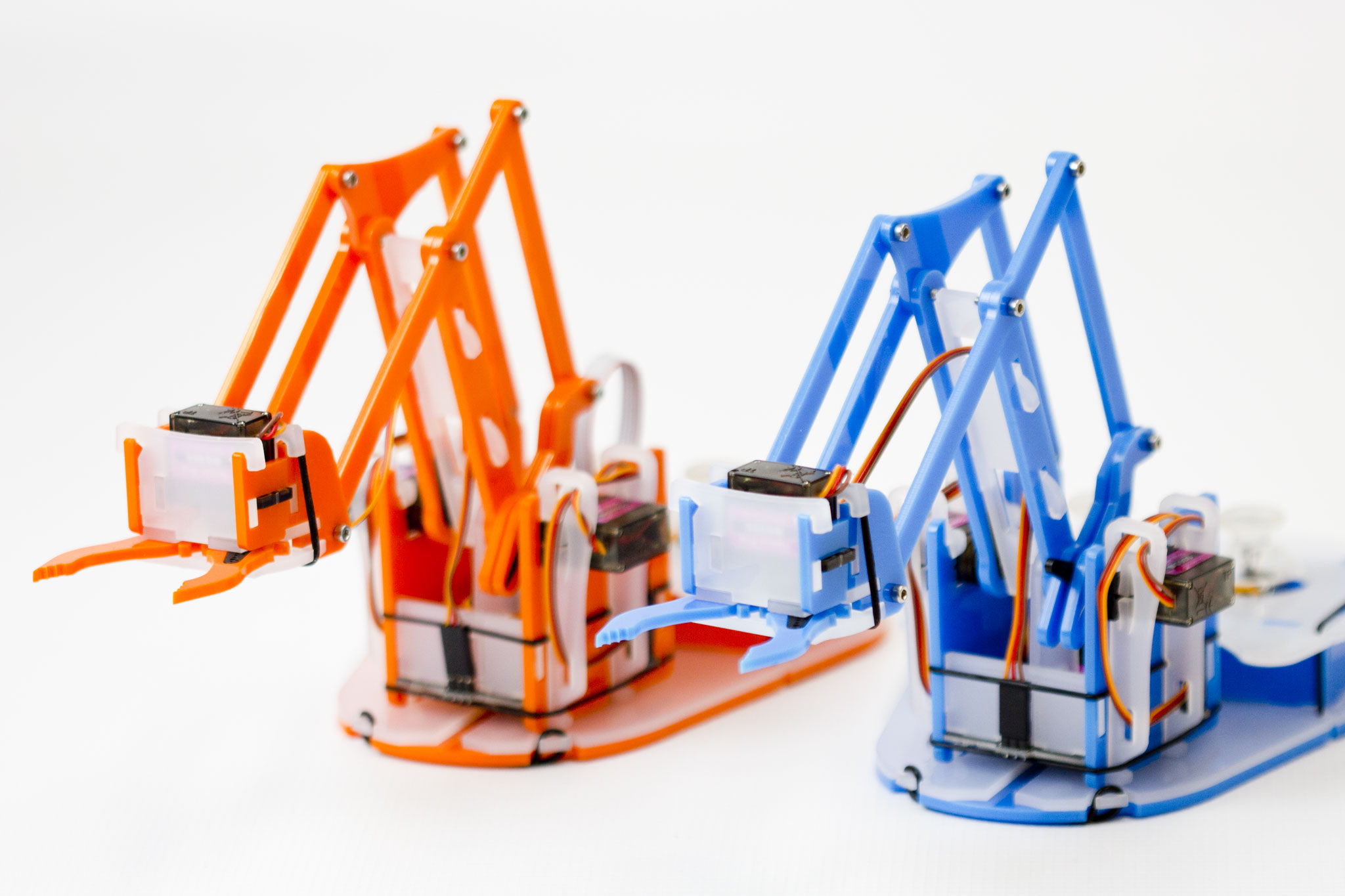

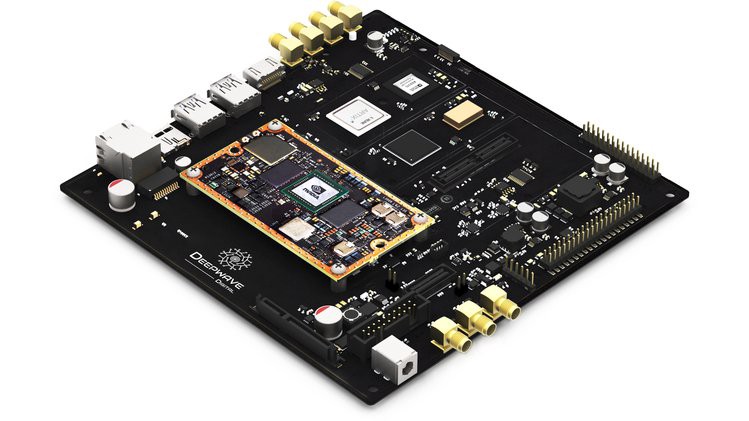
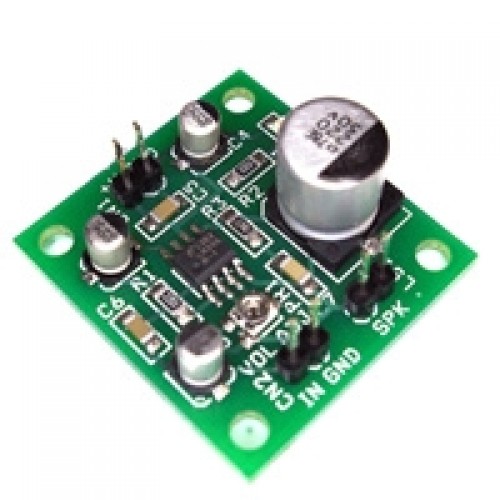





Nice job. Really grate and atractive price.
Yeah, it is.